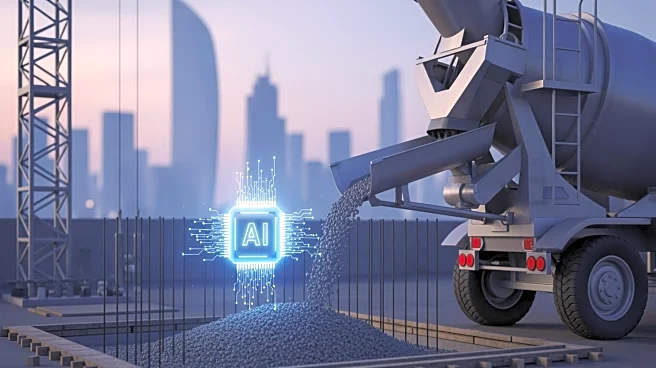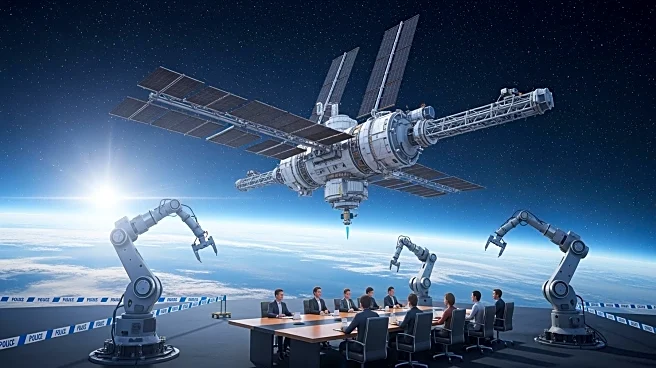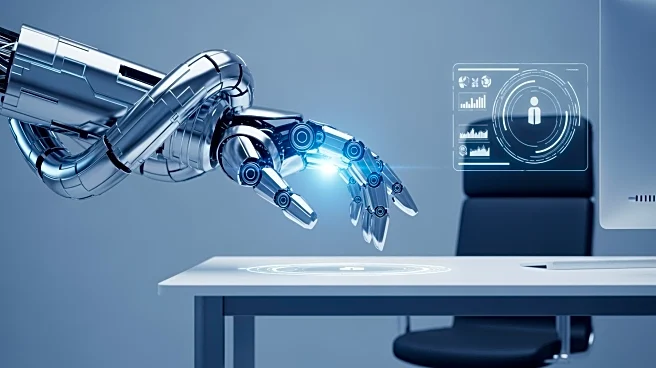What's Happening?
A research team led by Vikrant S. Vairagade from Priyadarshini College of Engineering has developed a cement-based composite material that integrates mechanical strength, electrical conductivity, self-healing, and condition monitoring. This innovative
material aims to address common issues in conventional building materials, such as cracking and lack of self-monitoring. The composite utilizes chemically functionalized carbon nanotubes (CNTs) to enhance dispersion and adhesion within the cement matrix, significantly increasing compressive strength and electrical conductivity. Silica microcapsules containing epoxy polymer are employed for self-healing, effectively closing cracks up to 0.5 mm with high efficiency. The material also incorporates embedded sensors for structural health monitoring, with AI models predicting crack propagation with high accuracy.
Why It's Important?
The development of this smart cement represents a significant advancement in construction materials, potentially transforming infrastructure resilience and maintenance. By integrating self-healing and monitoring capabilities, the material could reduce the need for complex external sensor networks and lower maintenance costs. This innovation is particularly relevant for industries focused on sustainable and durable construction, offering a pathway to more resilient infrastructure. The use of AI models for predictive maintenance further enhances the material's utility, aligning with broader trends in digital transformation and smart infrastructure.
What's Next?
The research team plans to continue refining the material's properties and explore its application in various construction scenarios. The integration of AI models for predictive maintenance suggests potential collaborations with tech companies specializing in AI and machine learning. As the material gains traction, it may attract interest from construction firms and government agencies focused on infrastructure development. Further studies could expand its use in other industries, such as defense and aerospace, where material resilience is critical.
Beyond the Headlines
The ethical implications of using AI in construction materials warrant consideration, particularly regarding data privacy and the potential for automated decision-making in infrastructure maintenance. Additionally, the environmental impact of producing and deploying such materials should be assessed, ensuring that sustainability goals are met. The long-term cultural shift towards smart infrastructure may influence urban planning and development strategies, emphasizing resilience and digital integration.













